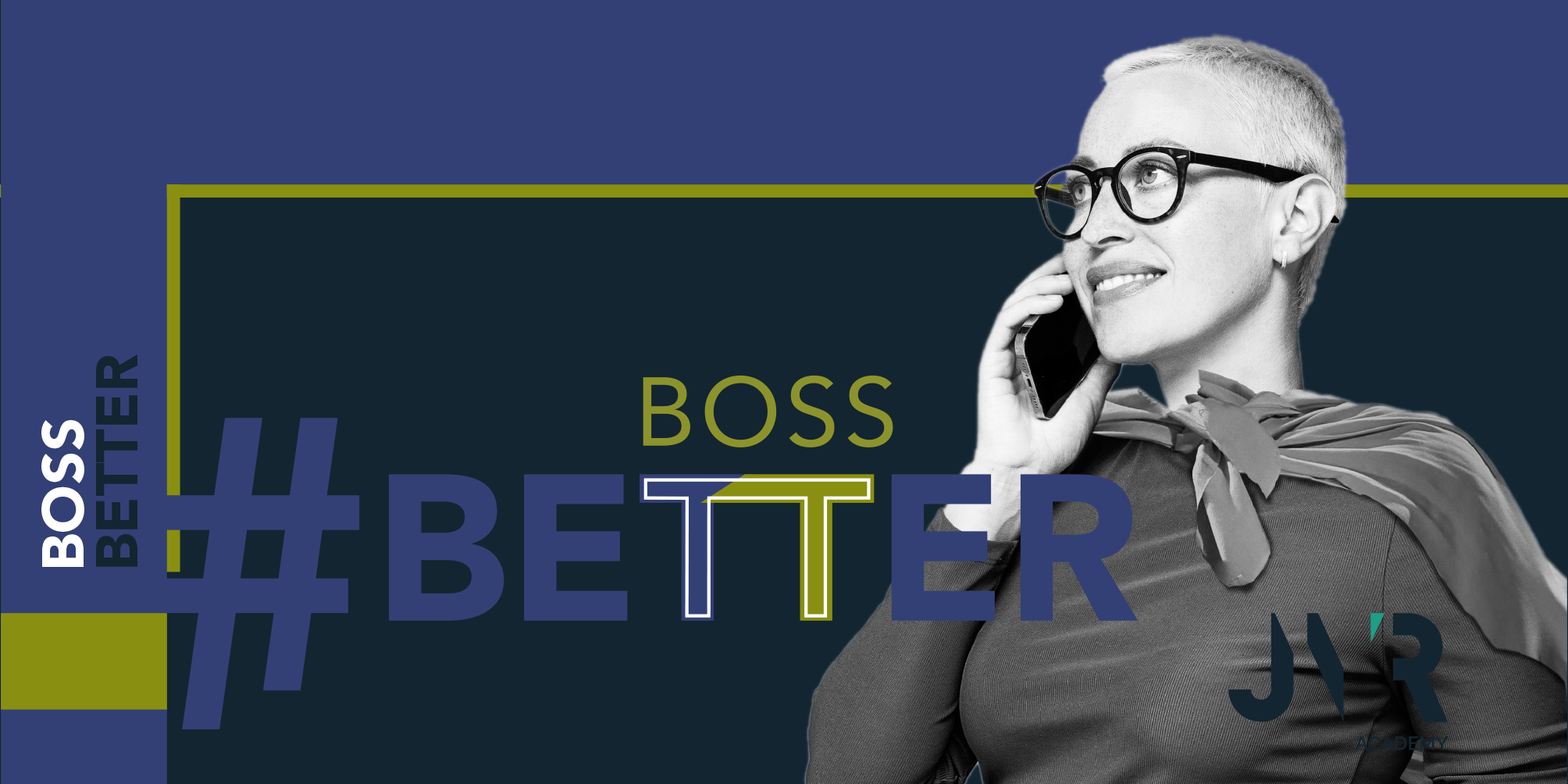As the year draws to a close, Learning and Development (L&D) teams across industries inevitably enter a period of reflection and recalibration. It’s the season of strategy reviews, skills audits, budgeting conversations, and planning for the year ahead. Being in this industry myself, this year feels different. The rapid acceleration of technology, especially AI, has widened skills gaps more quickly than most organisations anticipated.
AI isn’t just another tool; it’s reshaping job roles, workflows, and expectations. Across industries, L&D leaders are noticing gaps in:
Digital literacy and AI fluency
Critical thinking and data-driven decision-making
Human-centred leadership and emotional intelligence
Adaptability and a continuous learning mindset
Technical competencies (data analysis, process automation, prompt engineering)
While some roles will disappear or change dramatically, the bigger reality is that all roles will require a baseline understanding of AI and its implications. The question is: How do we ensure today’s workforce is ready for tomorrow’s demands? The answer probably lies in intentional, continuous learning, strategic upskilling, and focused reskilling initiatives.
Why the end of the year is a critical moment for skills planning
Year-end provides a natural checkpoint for organisations and L&D leaders. Three dynamics converge at this time of the year:
1. Performance reviews reveal skills gaps clearly
Annual or biannual performance discussions often surface capability gaps that might have gone unnoticed. With AI transforming entire functions, these gaps are no longer small; they’re structural.
2. Budgets are being finalised
If skills development is not championed now, the resources to address it may be insufficient when the need becomes urgent in the new year.
3. Strategic priorities for the next year are being set
Many organisations are finalising digital transformation, automation, or AI-adoption strategies. L&D must align learning pathways to these initiatives before they roll out.
What questions should L&D leaders be able to answer right now?
As you prepare for year-end strategy discussions, the following questions should be top of mind. They signal whether your organisation is ready, or rather vulnerable, as AI evolves:
What are the most critical skills we will need in 2026 and beyond?
Can you identify the technical, behavioural, managerial, and digital competencies required for future success in your organisation?
Where are our biggest skills gaps today?
Do you have reliable data from assessments, performance trends, or capability frameworks?
Which roles are most at risk of disruption due to AI?
Are you mapping learning to roles that will evolve, expand, or become obsolete?
How are we equipping managers to lead teams through AI-driven change?
People leaders must be fluent in navigating resistance, redesigning workflows, and coaching employees through uncertainty.
Do employees have accessible and continuous learning opportunities?
Is learning something that only happens during annual training cycles?
How will we measure the impact of upskilling and reskilling?
ROI conversations matter now more than ever.
Preparing to close the skills gap in 2026
Here are the most strategic and practical steps to prioritise now:
1. Conduct an end-of-year skills audit
Use performance reviews, manager input, and learning analytics to identify:
· Core skills gaps
· Role-specific gaps
· Talent pools with the highest reskilling potential
2. Build (or refine) a future-focused competency framework
Ensure it includes the following elements:
· AI literacy and digital enablement
· Critical thinking and problem-solving
· People skills: empathy, EQ, collaboration
· Leadership capabilities for an AI-augmented world
3. Prioritise continuous learning over once-off training
Shift from once-off learning events to ecosystems to embed learning:
· Short, modular microlearning
· On-demand digital academies
· AI-based personalised learning
· Communities of practice
· Peer-led skill sharing
4. Prepare leaders to champion change
Human-centred leadership becomes even more essential as technology advances. Managers are multipliers. Equip them to:
· Model learning behaviour
· Encourage experimentation
· Guide team members in skill development
· Lead psychologically safe, adaptive teams
5. Design targeted upskilling and reskilling pathways
Start with the roles most impacted by AI. Consider:
· Reskilling administrative roles into digital or analytical roles
· Upskilling frontline managers in AI literacy
· Teaching employees to integrate AI tools into their workflows
· Strengthening soft skills to complement automation
6. Align learning with business strategy (not the other way around)
Partner closely with HR, IT, and strategy teams to ensure:
· Learning matches upcoming transformation projects
· Capability building accelerates, not delays, AI adoption
· Skills investments drive measurable business outcomes
7. Establish a measurement and reporting approach
Define early:
· What success looks like
· What metrics you will track
· How to show ROI
Final thoughts: The new year belongs to the prepared
Emerging technologies, especially AI, are rewriting the rules faster than most organisations can keep up with. The end of the year is not merely a closing chapter; it’s a critical planning window. Upskilling and reskilling are not future concerns; they are present necessities. L&D practitioners who act now will enable their organisation to enter the new year with clarity, capability, and confidence, and lead them into a more adaptive, AI-enabled future.
Share this post
Newsletter
Get up-to-date industry news right in your inbox



